Stefanuskerk
Dordrecht, NL
Built as a Reformed Church in 1960. Very important modern church with tower, the spire of which was (unfortunately) demolished in 1994.
Here you can search for a building to visit. You can use the map find destinations, or you can use the filters to search for a building based upon what different criteria.
Dordrecht, NL
Built as a Reformed Church in 1960. Very important modern church with tower, the spire of which was (unfortunately) demolished in 1994.
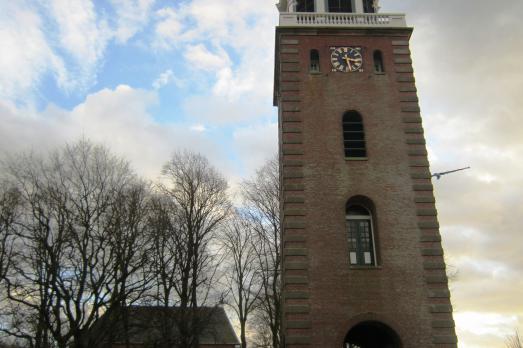
Finsterwolde, NL
This church has been modified heavily over the years. Once upon a time there was a triforium, a 'gallery' high in the church, which ran in front of the windows, and it was an impressive late Roman cruciform church. Of this, only the heavily modified vessel from around 1275 remains. After a major fire in 1586 the cross was demolished, the church was lowered over 5 meters and the choir was added.
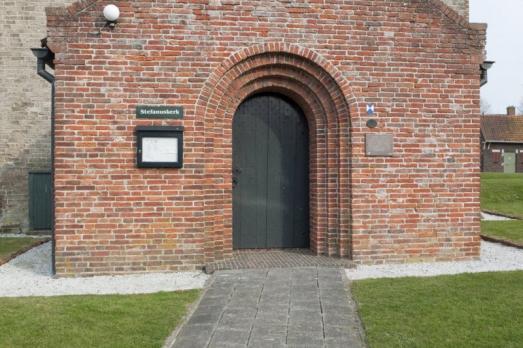
Holwierde, NL
The St. Stephen's Church is one of the few churches where the late Gothic rood screen (1560) remained intact. Another special feature is a 12th century sarcophagus cover depicting two people.
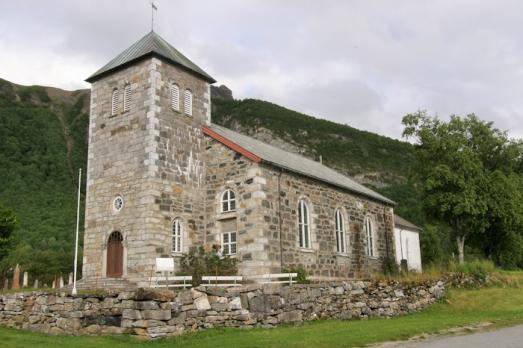
Steigen, NO
The Steigen church is an old stone church, the oldest parts of which were built around the 13th century. Over the years, the church has undergone various repairs following fires and storms. In the 17th century, the roof of the church was torn off three times. In 1657, lightning struck and the church burned down. The remains of part of the old inventory are kept in the museum in Tromsø.
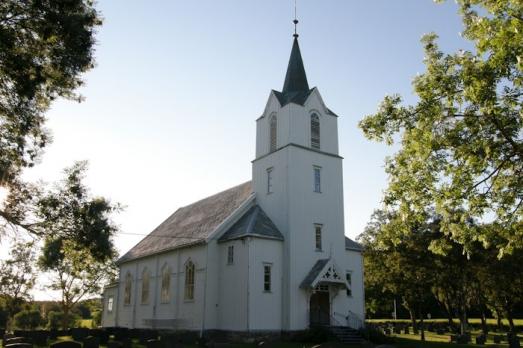
Nærøysund, NO
Steine chapel is a wooden chapel completed in 1911. The architect of the building is Ole Olsen Scheistrøen
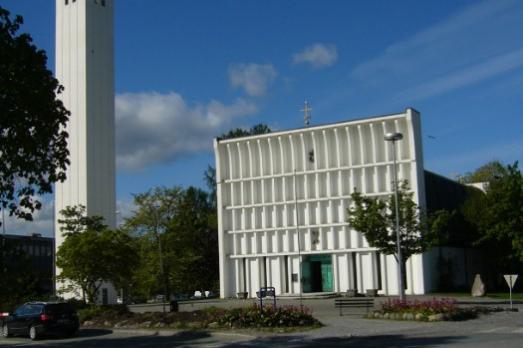
Steinkjer, NO
The Steinkjer church was designed by the architect Olav S. Platou and built in 1965 in concrete and with a separate bell tower. The building has the character of a basilica, with a raised central hall along the entire length of the building, supported by ten columns on each side.
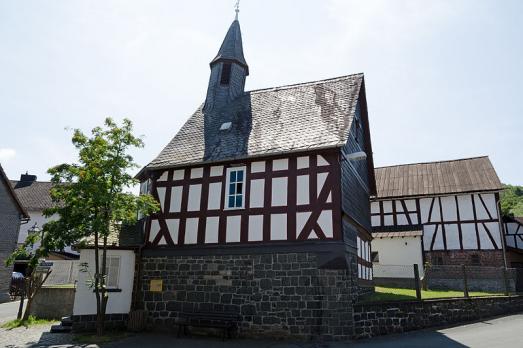
Steffenberg, DE
The old Steinperf chapel is part of the region's sacred half-timbered heritage. Built from 1670 to 1687, it has a ridge turret and a three-sided end.
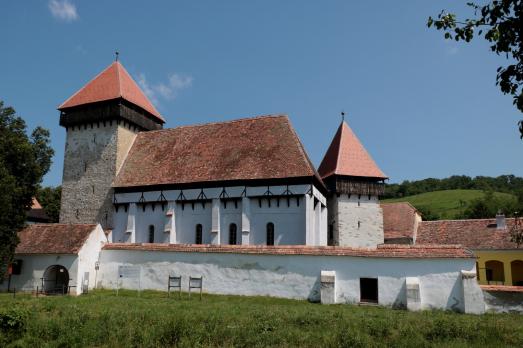
Stejărișu, RO
In Stejărişu a small, well-preserved fortified church can be visited. The former church and its surrounding village located just few miles away had to be abandoned because of persistent flooding, the construction of the new house of God started in the 14th century. Directly on the riverside of Hârtibaciu the foundations of a church were discovered, which point to the historical location of the village. A few miles away and slightly uphill, in the middle of the new village a church was erected and surrounded by two ring walls. The two defensive towers were supposed to offer additional protection. A defensive level was built in the timber frame construction technique above the nave. Mid-19th century, the community dismantled the inner ring wall to use the stones for an extension of the church. Due to many extensive repairs, the fortification preserves a good structural condition today.
Rotterdam, NL
The Apostolate at Sea is a Roman Catholic organization founded in or shortly before 1938 for the benefit of seamen. The branch in Rotterdam is housed in the Seamen's House, Willemskade 13, in which a room has been furnished as a chapel, dedicated to Maria Stella Maris. This chapel was built in 1952 by architect H. Nefkens to replace the house that was destroyed in 1940. The original Seamen's House will have been built in 1938, because the chapel was consecrated on October 9, 1938.
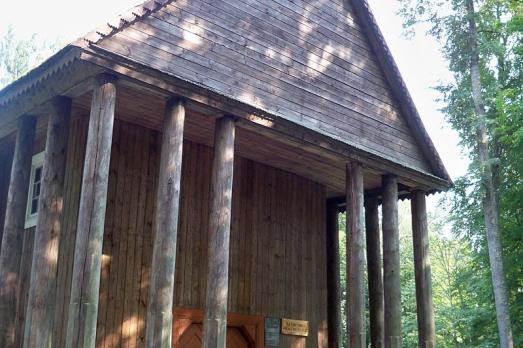
Stelmužė, LT
The wooden church of Stelmužė was built in 1650 but its bell tower is a later construction of the 18th century (a reconstruction was initiated in 1713). Since 1963, the building has housed a museum of folk sculpture which later became a museum of religious art. The church is located next to Stelmužė Oak, the oldest oak in Lithuania and a sacred pagan site.

new
Nestled amidst the serene landscapes of the Harz region, lies a hidden gem for nature enthusiasts and history buffs alike - the Harz Monastery Hiking Trail. Lace up your hiking boots and embark on this captivating adventure that will transport you back in time.

The Holy Mile (Miglio Sacro) of Naples is a one-mile-long itinerary, through sacred places linked to the city's patron saint, San Gennaro, in the Rione Sanità district. Discover the city from a new perspective with this unique walking tour.

As a university city, cultural offerings abound in Tartu and will reach their peak after being designated one of three European Capitals of Culture for 2024. In this list, we've compiled the most interesting sacred places to visit in and around the old town.